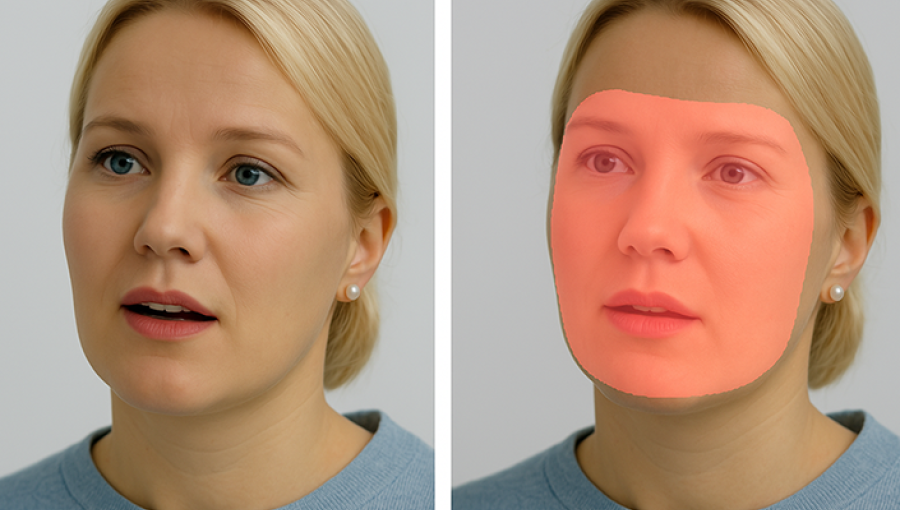New Tools to Combat Deepfakes

ThisIsEngineering/Pexels
Date of publication:
In a world where trust in photos and videos is increasingly fragile, a significant breakthrough comes from the University of Ljubljana. Researchers from the Faculty of Computer and Information Science, in collaboration with experts from the Faculty of Electrical Engineering, have developed an advanced model capable of detecting digital forgeries with remarkable accuracy – even the most sophisticated ones created using state-of-the-art artificial intelligence techniques.
The model, named M-Task-SS, combines modern approaches in machine learning and artificial intelligence to detect and localize digital manipulations. It was developed by a research team from the University of Ljubljana’s Faculty of Computer and Information Science, led by Dr. Borut Batagelj and Dr. Peter Peer, in collaboration with Andrej Kronovšek and Dr. Vitomir Štruc from the Faculty of Electrical Engineering.
How does the model work?
A unique feature of this solution is that it uses only real images for training – the artificial forgeries are generated by the model itself using specialized techniques. By combining two types of neural networks (conventional and transformer-based), the model determines whether an image has been tampered with and identifies the specific facial areas that have been altered.
This approach achieves high detection accuracy while also enabling better interpretation of the results – users can clearly see which areas of the image are considered suspicious.
Why does it matter?
The research makes an important contribution to increasing society’s resilience to disinformation and online manipulation. Tests on multiple datasets have shown that the M-Task-SS model outperforms existing solutions, particularly in detecting new and more complex types of forgeries, such as those created with diffusion models.
The potential applications are broad – ranging from forensic investigations and journalism to media protection and various security-related uses.
The full scientific article is available here.


